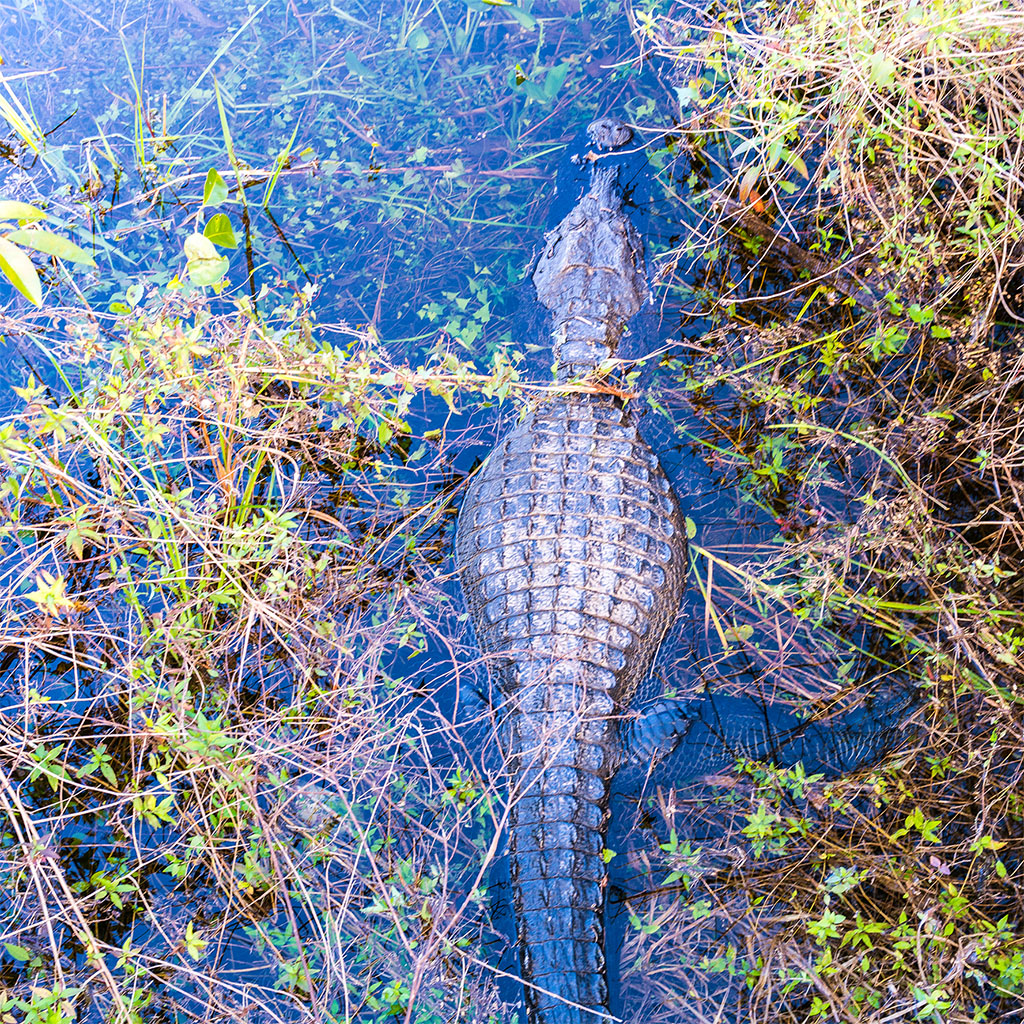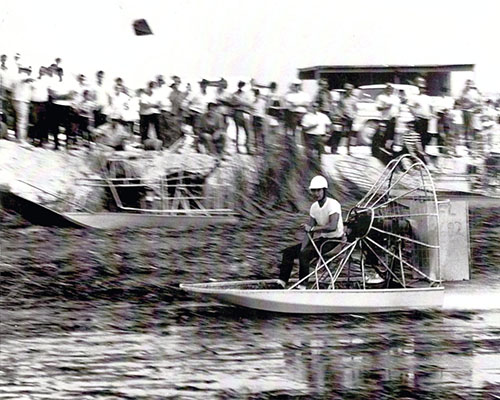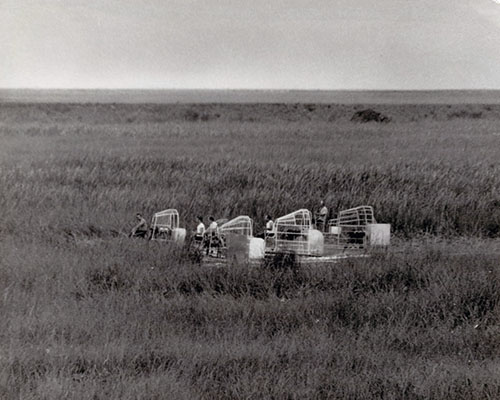MIAMI-DADE COUNTY, Fla. – Parts of Florida’s Everglades are so waterlogged that deer, wading birds and other animals are running out of dry ground.
State officials said heavy rains this month have left water levels 2 feet higher than normal in the wetlands in western Broward and Miami-Dade counties. The water levels top 11 feet in some places.
Wooded “tree islands” usually offer animals dry refuge when water levels in the Everglades are high. But Florida Fish and Wildlife Conservation Commissioner Ron Bergeron said those islands are now under water.
The flooding is so bad that the Florida Department of Environmental Protection issued an emergency order allowing the South Florida Water Management District to take unprecedented measures to try and draw it down.
“With 20 inches of rain from June the 1st to June the 8th, the Everglades raised dramatically 2 feet above normal operation,” Bergeron said.
Bergeron took reporters Thursday to a deer island to show how high the water is and how deadly it can be for much of the native wildlife.
“All of your fur-bearing animals, which you have coons and possums and rabbits, deer, bobcats and even panthers are in this region. This is their refuge in the rainy season,” Bergeron said.
Drone video shows how much water has made its way into the Everglades. Areas normally a few inches deep are now a few feet deep, so gates and levees that normally are never open are wide open, hoping to draw down the water and avoid a massive wildlife kill like the Everglades saw in 1994.
“The danger is we have 16 endangered species that live in the Everglades out here,” Bergeron said.
There are hundreds of what are called “deer islands” in the Everglades that were built thousands of years ago by Native Americans.
The state agency that oversees Everglades restoration is pumping water into Lake Okeechobee and into the Atlantic Ocean to relieve the flooding.
The U.S. Army Corps of Engineers also is flushing water into drier areas of Everglades National Park.
Recreational activities have been suspended in certain areas so wildlife seeking refuge are not stressed out.




